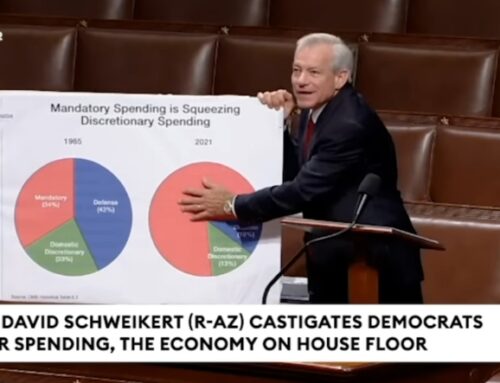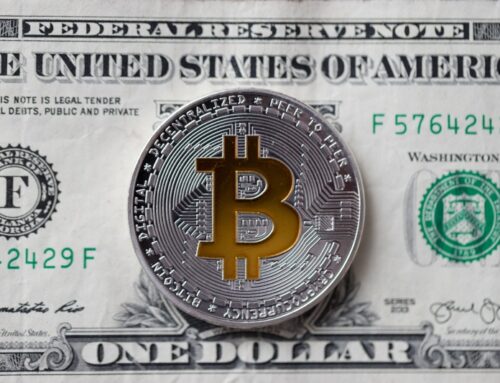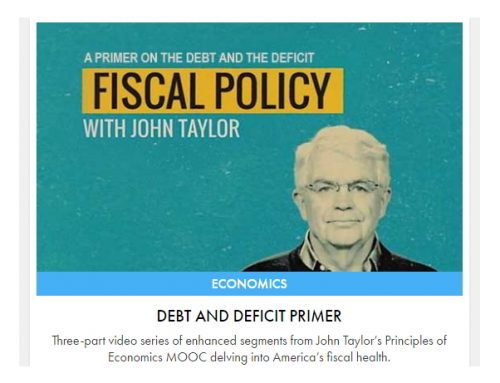This is a quick update to this morning’s post, Runaway Trains, about the administration’s high-speed rail boondoggle. Rasmussen Reports, the national polling organization, reported today on their survey of public opinion on high-speed rail:
A new Rasmussen Reports national telephone survey finds that, overall, 41% of Likely Voters favor the plan and 46% are opposed.
Fifty-nine percent (59%) of Democrats like the plan. However, 62% of Republicans and 55% of unaffiliated voters are opposed….
By a 57% to 28% margin, voters believe that cutting government spending would do more to create jobs than building a high-speed rail network.
As on many issues, there is a wide gap between the views of the Political Class and Mainstream voters. By a 58% to 13% margin, the Political Class believes a high-speed rail system would do more to create jobs. However, by a 68% to 20% margin, Mainstream voters believe that cutting government spending is the better path to job creation.
The governors of Wisconsin and Ohio have turned down high-speed rail proposals for their states, and other governors are considering the same move. However, it was pointed out that Gov. Bob McDonnell is open to high-speed rail for Virginia. According to his web site:
Increasing railroad capacity to ensure efficient and reliable passenger rail service is essential to grow our economy, keep business people and tourists moving without clogging our interstates, and has the corollary benefit of facilitating freight rail movement in Virginia – meaning more trucks are taken off the roads, further reducing congestion and pollution.
Bob McDonnell supports Virginia’s prompt application for all resources available through the American Recovery and Reinvestment Act (ARRA) for high speed rail projects. Studies clearly demonstrate that high speed rail projects create thousands of jobs, increase economic development in the rail corridors, and ultimately generate about $8 in private sector spending for every dollar the public invests.
ARRA funding will not be available for every rail project Virginia needs to complete. McDonnell will evaluate the feasibility of working with private partners to create a costeffective system to help remove cars from our roads and further stimulate the Economy.
In its Monday editorial, the Wall Street Journal commented on the possibility for high-speed rail along the northeast urban corridor, defining it as starting in Washington. However, some demographers say the corridor really begins in the Hampton Roads area, swings over to Richmond, and goes north to Washington and beyond, so the editorial could well apply to Virginia. According to the Journal:
The only area of the United States where high-speed rail begins to make sense is along the high-traffic, high-population Northeast Corridor from Washington, D.C., to Boston. Amtrak’s Acela peaks at 150 miles per hour but averages only about 70 miles per hour because it has to share tracks with other trains. A truly high-speed rail that runs on its own dedicated track could reach 220 mph and cut the travel time nearly in half.
While such a line might offer benefits for the region’s commuters, Amtrak estimates the line would take 25 years to develop and cost $117 billion. According to a 2009 study by the Congressional Research Service, six to nine million riders would need to take the train each year to justify the costs of high-speed rail systems similar to those in other countries. The Acela carried 3.4 million people in 2008.
Last summer, the Washington Examiner published an opinion piece by Joshua Bowman titled “Virginia High-Speed Rail Heading Down the Wrong Track.” According to Bowman:
The raw power of the mighty iron horse has inspired music, art, and literature, but one has to wonder whether technocrats in Richmond are equally romantic in their pursuit of a “high-speed” rail connection between Washington, D.C. and Charlotte, North Carolina.…
(T)he roughly 430-mile trip from Washington, D.C. to Charlotte will easily take more than six hours. The same trip by airplane only takes 90 minutes.…Nobody is going to pay upwards of $100 for a train ticket when the same trip by car only costs $50 in gasoline and the train ride is only an hour shorter….
At a time when state budgets are deep in red ink and the federal deficit has broken the trillion-dollar mark, why spend money we don’t have to improve a rail corridor that is already unprofitable and heavily subsidized for existing Amtrak service? Trains may be a romantic and exciting part of our history, but so are the horse-drawn buggy and the stagecoach. The reality is that for long distance travel, Americans would rather fly.






